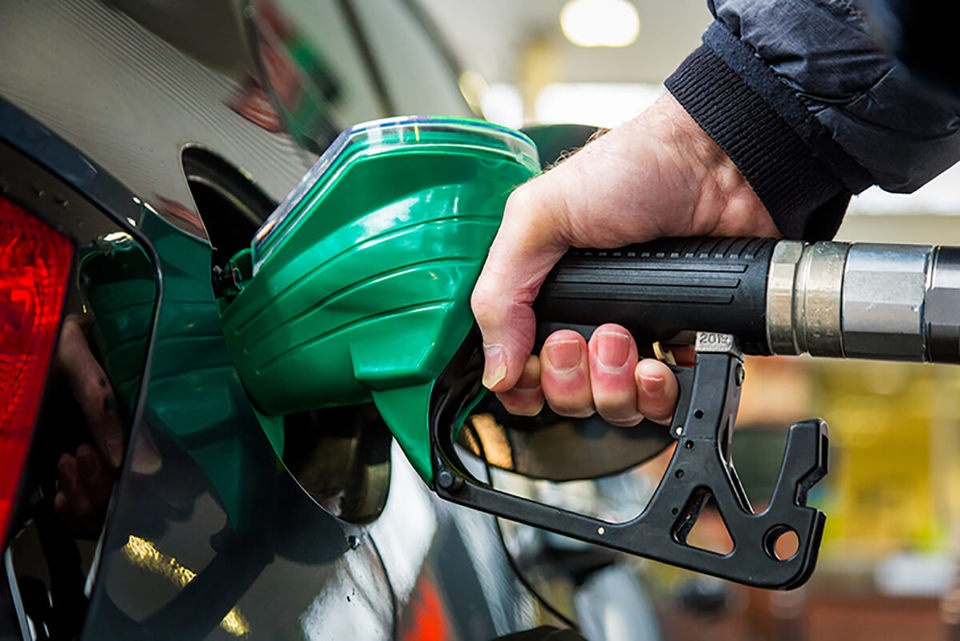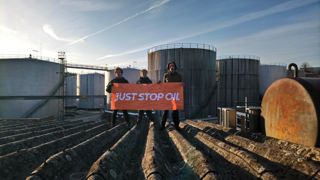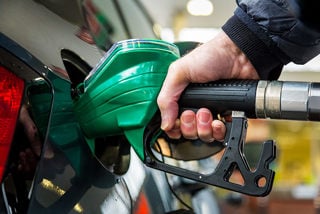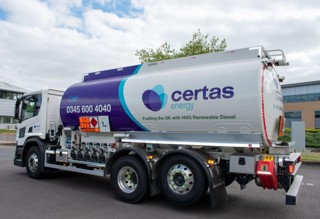Latest figures issued by HMRC for reimbursing fuel expenses incurred by company car drivers have left employees short-changed within days of being published, Fleet News analysis suggests.
The advisory fuel rates (AFRs) were published just before diesel and petrol prices reached record highs in March.
Reviewed quarterly by HMRC, the different mileage rates, according to fuel type and engine size, are based on the latest pump prices.
However, within days of the new AFRs taking effect from March 1, Government figures used to calculate them quickly looked out of date.
The average price of a litre of unleaded fuel was, on average, 14% more than the figure used by the Government to set its rates.
A litre of diesel had surged even higher, driven in part by the Russian invasion of Ukraine, with forecourts charging 19% more than the pence per litre (ppl) cost employed by the Government department.
HIGHER MILEAGE RATES
AFRs are used by many companies to reimburse their drivers. If a company pays a mileage rate at or below the AFR, it avoids having to pay Class 1A National Insurance.
The existing AFRs for petrol company cars are based on a 147ppl, and 151.1ppl for diesel. They are not due to be reviewed until June 1.
The average price of diesel increased by just more than 22ppl in March, peaking at 179.9p on the 23rd of the month, according to figures from the RAC.
This was three times the size of that recorded in May 2008, the previous worst month for diesel price rises, when the cost of a litre went up by around 8p.
The average cost of a litre of unleaded, meanwhile, went up by just in excess of 11ppl – the largest increase the RAC has recorded in a single month – hitting a new record high price of 167.3p on March 22. Diesel is currently, on average, 178ppl; petrol is 163ppl.
RAC fuel spokesman Simon Williams said: “Over the 22 years we have been monitoring pump prices, we’ve never witnessed such extreme rises in prices over such a short period.
“To describe the current situation facing drivers at the forecourt as ‘bleak’ is therefore something of an understatement.”
If HMRC had set the mileage rates just days later, drivers would have expected a 2-3p per mile (ppm) increase on the current AFRs.
It would have meant a driver claiming mileage on a 1.8-litre diesel company vehicle, for example, would be receiving 16ppm, instead of the 13ppm advised by the tax office.
For an employee in a 1.6-litre petrol company car, the increase would have been less, but not insubstantial, with a drivers expected to receive 17ppm rather than the existing suggested rate of 15ppm.
ENERGY PRICE HIKE
It is a similar situation for drivers of electric company cars, with the advisory electricity rate (AER), also published by HMRC, failing to reflect rising energy costs.
The energy price cap for household bills, set by the regulator Ofgem, increased by 12% in October 2021, and by 54% this month (April).
The current AER was increased from 4ppm to 5ppm in December 2021 – the first time since it was introduced in 2018 – and is currently only reviewed annually.
It is calculated using electrical price data from the Department for Business, Energy and Industrial Strategy (BEIS) and electrical consumption rates from the Department for Transport (DfT) in addition to company car sales figures.
With energy prices rising, the cost of charging an electric vehicle (EV) on the public network is also increasing.
As of mid-March, the average cost of ultra-rapid and rapid charge was 44p per kWh, according to Zap-Map. This equates to around 13ppm based on average EV efficiency of 3.5 miles per kWh.
HMRC stressed that the mileage rates, for both internal combustion engine (ICE) and electric company vehicles, were “advisory”, with fleets able to pay a higher rate and still avoid tax if they could demonstrate the additional costs incurred.
A HMRC spokesman also told Fleet News that, while the AER is only reviewed annually, as with all taxes and allowances, the Government keeps the rates “under review”.
FUEL DUTY CUT
Campaigners and fleets have been calling for a reduction in the rate of VAT for public charge points to match the 5% rate domestic use attracts. Electricity supplied at public EV charging points is subject to standard rate VAT at 20%.
However, the Government has appeared to rule out the potential of a cheaper on-street charging any time soon. Treasury minister Helen Whately declared that her the department had “no plans” to review the current rate of VAT applied to charging EVs.
Chancellor Rishi Sunak did, however, attempt to take the heat out of pump prices in the Spring Statement by announcing a 5ppl cut in fuel duty.
Around a third (34%) of the pump price for a litre of diesel is made up of the wholesale cost, 10% is from the biofuel content, 6% for delivery and retailer margin, 33% is down to fuel duty and a further 17% is from VAT.
Fuel duty has been frozen at 57.95ppl since 2011, but, with businesses and consumers facing mounting costs, the Chancellor said he hoped the fuel duty cut would offer some relief.
The respite for fleets was short-lived, however, with wholesale prices continuing to increase and some retailers accused of not passing on the Treasury saving.
Williams said drivers might well be feeling “aggrieved” that the Chancellor’s ‘historic’ fuel duty cut announced in the Spring Statement has done nothing to protect them from price increases.
“A 5p cut in duty should, in theory, have led to a 6p cut in prices at the pumps as a result of the Government taking less VAT – but that is on the basis that wholesale prices stay still, which is hardly ever the case, and retailers passing on their reduced costs to driver fairly,” he explained.
Petrol prices have only come down by an average of 3.73p since March 23, with diesel down even less – by just 2.61p on average.
Fleet News has teamed up with Allstar to bring you the fuel prices locator, enabling you to compare fuel prices and find the cheapest petrol or diesel in your area.
Even one penny per litre can make all the difference when filling up your fleet vehicles, potentially saving your company thousands of pounds a year.
Average pence per litre and per gallon petrol and diesel fuel prices in the UK regions includes England, Scotland, Wales and Northern Ireland. To access the latest fuel prices, click here.
























adam.rollins@midas-fms.com - 10/05/2022 16:54
There are different perspectives on the fairness of AFR and now AER for methods of mileage reimbursement. Most Midas clients make use of our actual pence per mile calculations that track the absolute cost of fuel used by each driver for every purchase. However we do have clients making use of AFR and this gives a different experience for different drivers. An example from the past with one particular driver was that he was in a vehicle for which the AFR was 26p per mile. As we also tracked actual pence per mile for the company, we knew the driver was actually achieving between 15p and 16p per mile at the time. This was unfortunate for the driver as the company used AFR for drivers to reimburse them for private mileage on fuelcard fuel. Had it been the other way around, with the driver on pay-and-reclaim, this could have been profitable for him. But the point is, AFR cannot offer a proper solution for all drivers. At best it is an approximation, that is sometimes OK, often poor and many times out-of-date. Actual pence per mile is always fair, and even rewards the employees who driver economically by reducing the cost of their private mileage.